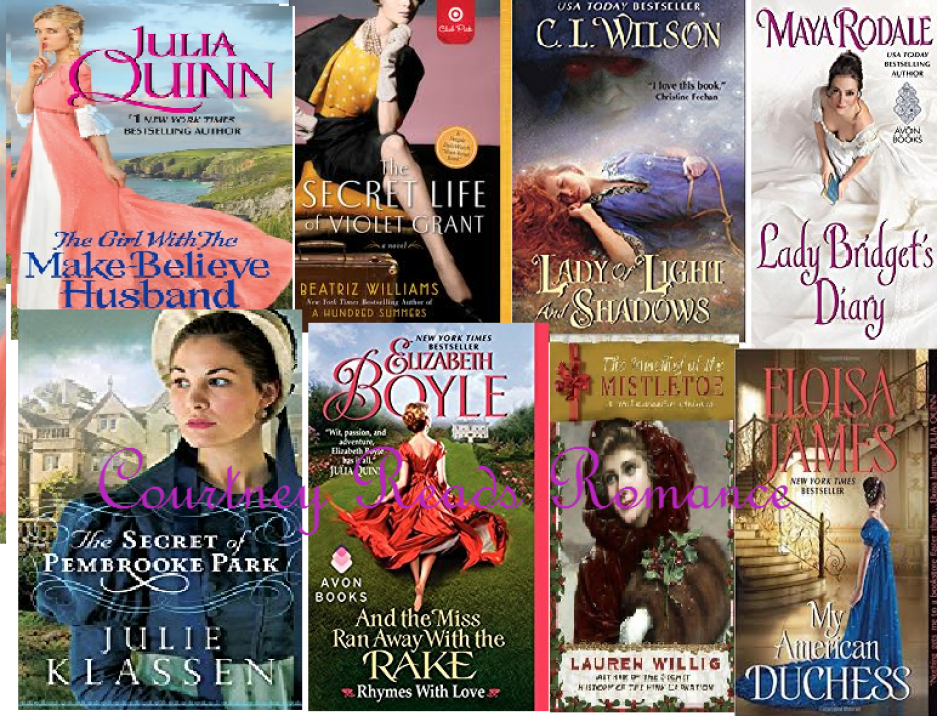Alexander, Victoria. The Lady Travelers Guide to Larceny with a Dashing Stranger. Don Mills, Ont.: HQN, 2017. ISBN-13: 978-0-373-80400-9. $7.99.
The Lady Travelers Guide to Larceny with a Dashing Stranger
5 stars
The second installment in Victoria Alexander’s Lady Travelers Guide series is just as entertaining as the first, if not more so. And while there are some minor flaws, I found it enjoyable.
One thing I loved was the way the hero and heroine feel like they have a real connection, despite the fact that on the outside they might appear to have nothing in common. And truly great pairings are ones where partners bring out the best in each other. Dante is described by his family as kind of boring, but being around Willie brings out his more charming, adventurous side. And, in turn, he brings out the witty, intelligent side of her, showing that despite her reputation, she is not just a down-on-her-luck, ostracized society widow. And the way their initial purposes for going on the trip across Europe leads to a test of their relationship, along with the most wonderful ending in which they both choose to make sacrifices for the other, makes the story work.
I admit, upon reading the blurb for this one, that I did experience some minor disappointment that this wasn’t Val, Lord Brookings’ book, and it appears, based on the announced title for book three, that he won’t be the hero for that one either. But I was thrilled that he did make a brief appearance, and can only hope that means he is here to stay, and will eventually find his match.
The Rise and Fall of Reginald Everheart
2.5 stars
I admit that I was perplexed at what purpose of this novella was going to be. The first novella fit so well with the first novel, that I was taken aback that this one did not also have to do with relations of the hero or heroine in the main novel. However, given that it appears Alexander is crafting stories where part of the plot revolves around the three matrons, Lady Blodgett, Mrs. Fitzhew-Wellmore, and Mrs. Higginhbotham, each having a major role as connections to the main couple in each installment, the author’s intent started to fall into place.
But ultimately, I felt that this either should have been a much longer book, or maybe a much shorter one. I’m not sure which, because there are things I liked, and I can’t be certain whether the things I disliked would be best served by being removed, or by being expanded on in greater detail.
To start with the good points: the three matrons are absolutely delightful. It is so much fun to watch them play their roles in bringing couples together, and their scheme is especially silly here, but in all the right ways. And some of the other supporting characters are fun, especially Preston Drummond, whose reminded me of Mr. Collins from Pride and Prejudice. And on the surface, both Michael and Dulcie seem like interesting characters, who I felt could have been explored more.
But I just did not find the romance that interesting. I didn’t feel like the chemistry was all that well-developed, and it just feels lacking in any depth that gets me attached to the characters, in the way the characters in the novels and the previous novella did. However, it is relatively enjoyable, as far as novellas go, and it establishes the connection to the rest of the Lady Travelers world, making it an okay addition to the series.











